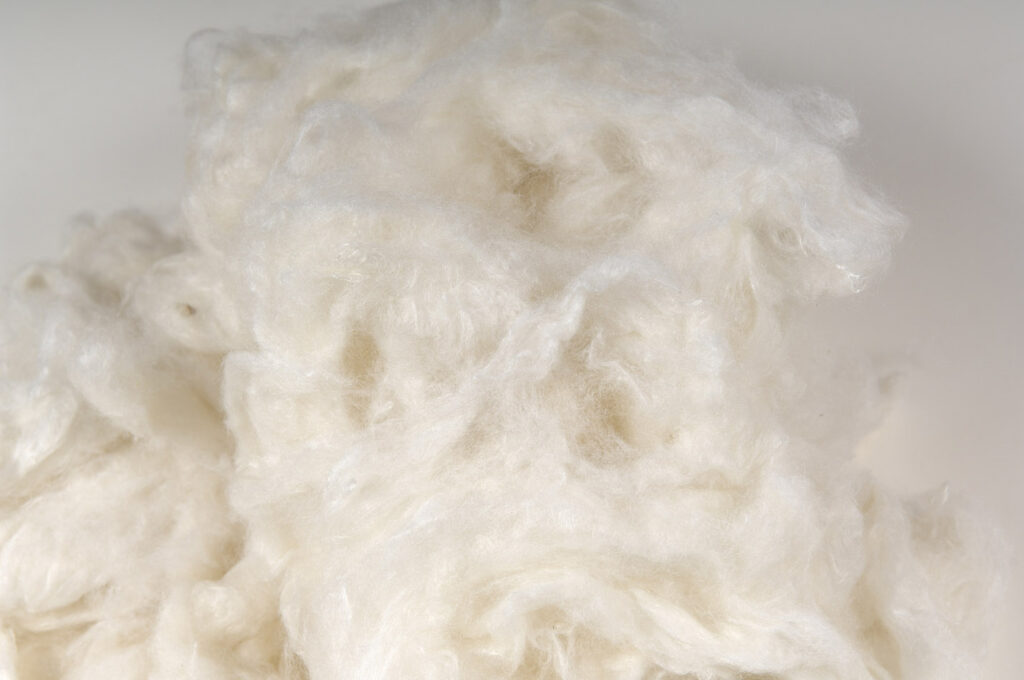The concern of global warming is one of the reasons why people start to go back and use a natural product. One of them is Kapok, which is an alternative of cotton and syntactic fiber. Many kapok manufacturers underline that their work and product is always environmentally friendly. But does it? How could they say so? Here is what you should know about the material.
The Biodegradable Ability Of Kapok

Environmental sustainability becomes part of many crucial issues in recent days. The term refers to the ability to break down to its basic component. And eventually, the product will blend back to the earth. This procession needs the help of the condition and presence of microorganisms, bacteria, and fungi. Thus, the material will degrade without leaving any toxins.
So, can kapok do this? Yes, it is pretty much true since the kapok is 100% made of natural fiber. At the same time, the fiber is compostable. It means that the utilization of kapok will ensure reduces waste. Talking about waste, manufacturers process the byproduct and create valuable KSO (kapok seed oil) and KSM (kapok seed meal) from the kapok seed.
One thing that also worth noting is the reusability and renewable. Kapok has properties that support the material to last long. It won’t attract mold, bacteria, and water in it. Making it useable after long and you can dry it up to make it buoyance again. At the same time, the material source is renewable because kapok manufacturers can cultivate the tree.
The Manual Harvesting And Processing Labor

Another consideration that proves kapok is environmentally sustainable is the manual yielding method. Due to the tree height and heavy rainforest ecology, most of the locals will harvest the pod manually. People will use a long stick to knocking the fiber pod off the tree, cut the pod from the branch, or hulling those that have fallen on the ground.
The seed and the pod later will be separated manually. People will use a little help from machinery in separating the fiber. After that, the separation machine is to make sure the fiber is clean and has no seed leftover. It is pretty much labor-intensive. But at the same time, it is proven that there is a lack of technology or chemical usage.
Using No Chemical In Processing The Fiber
As said in the previous point, there is no chemical substance used in the process. All of them are manual with a little help of a machine. It is even highlighted that getting the kapok doesn’t even need to use chemicals. So, it is safe for people to use and for the environment when not used. That explains that there will be a lower gas emission from the factory.
As mentioned in the explanation, it is safe to say that the material is environmentally friendly. The plant-based source makes it far from using chemicals. At the same time, all the process never uses the chemical substance. All are done by hand and manual labor. It can be tiring, but it is safe for people and their surroundings. If you are looking for kapok filling wholesale, you can check out kapokfibersuppliers.com
